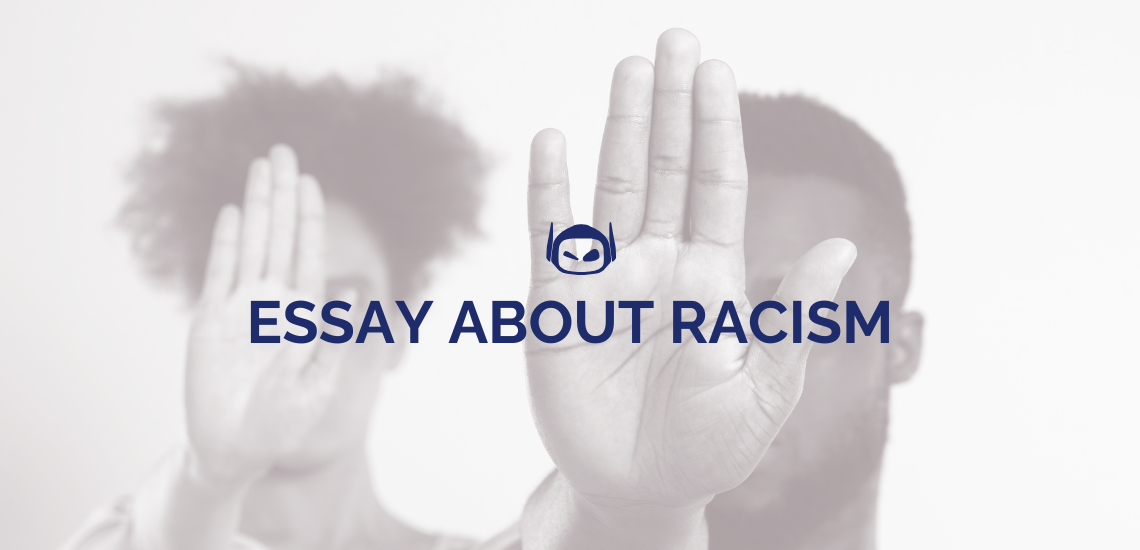
General Guide About Content and Writing
Writing an essay on racism is a powerful opportunity to...

General Guide About Content and Writing
Writing compelling content about the wonderful land of Mexico is...
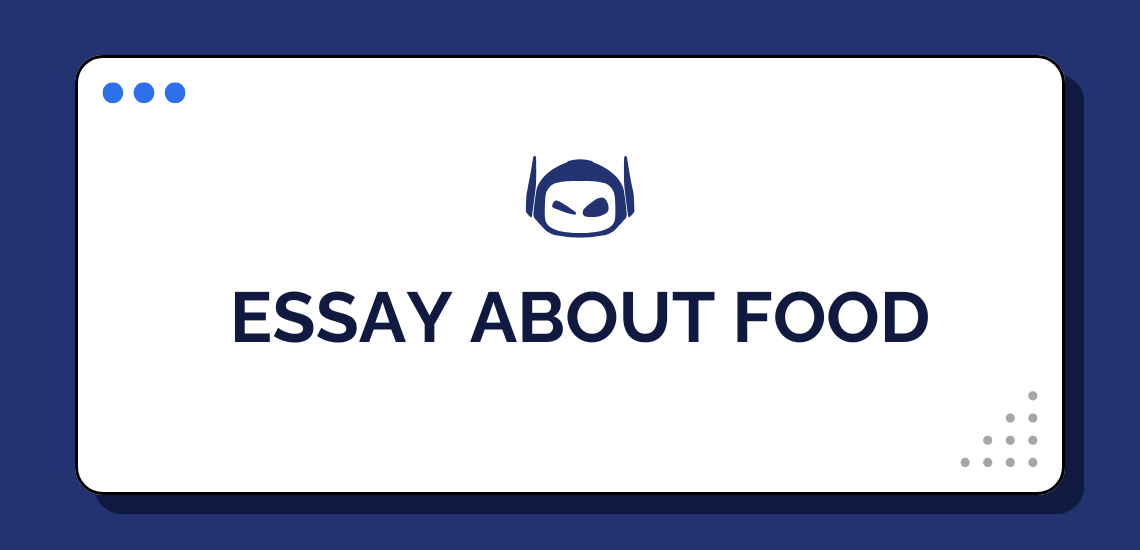
General Guide About Content and Writing
Are you writing an essay about food and need suggestions...
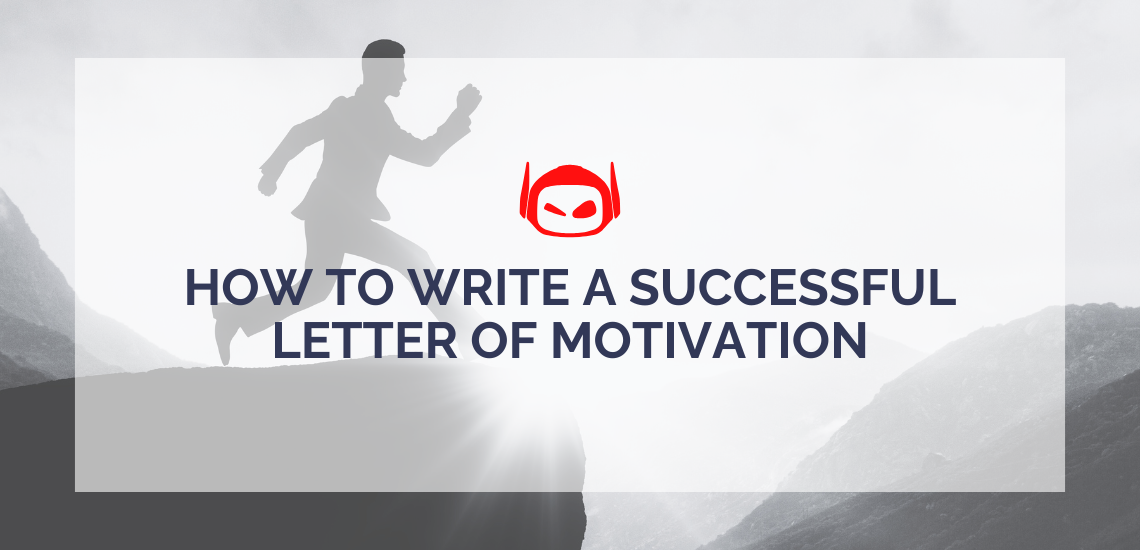
General Guide About Content and Writing
Writing a successful motivational letter is important to get accepted...
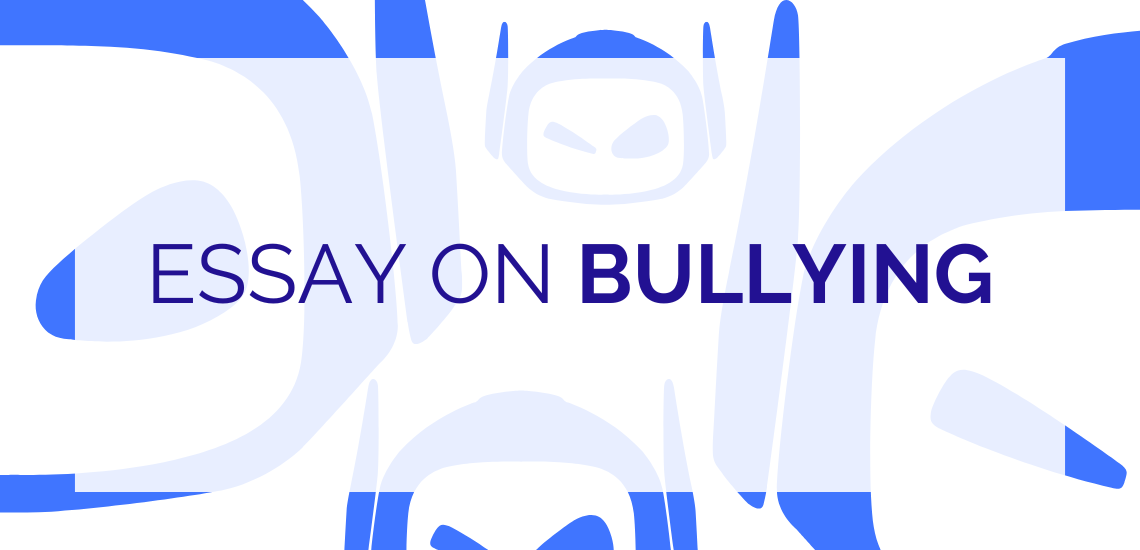
General Guide About Content and Writing
Are you writing an essay on bullying and need help...
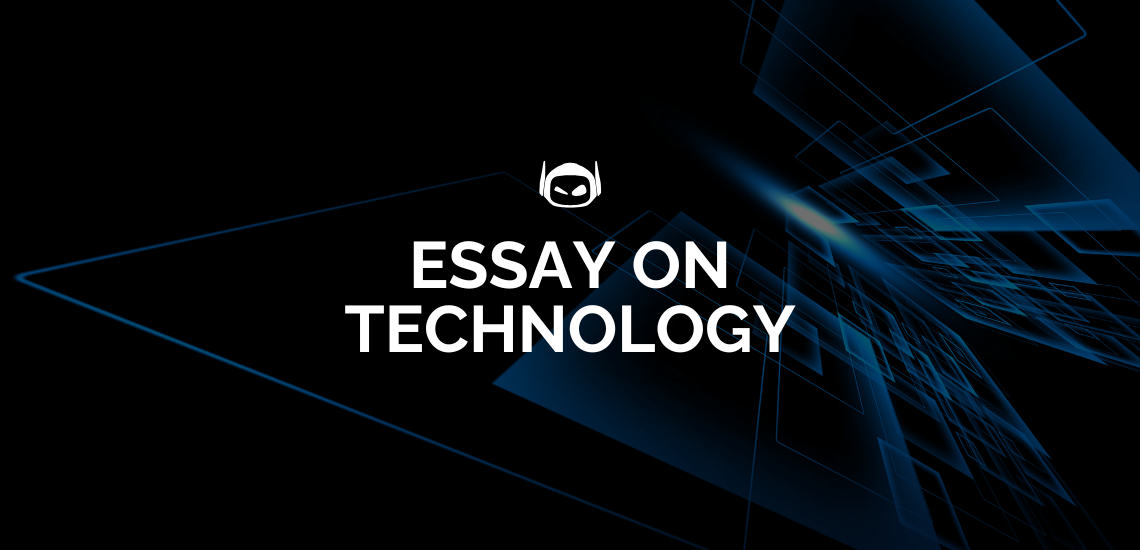
Students attending tech-based courses must understand how to write the...
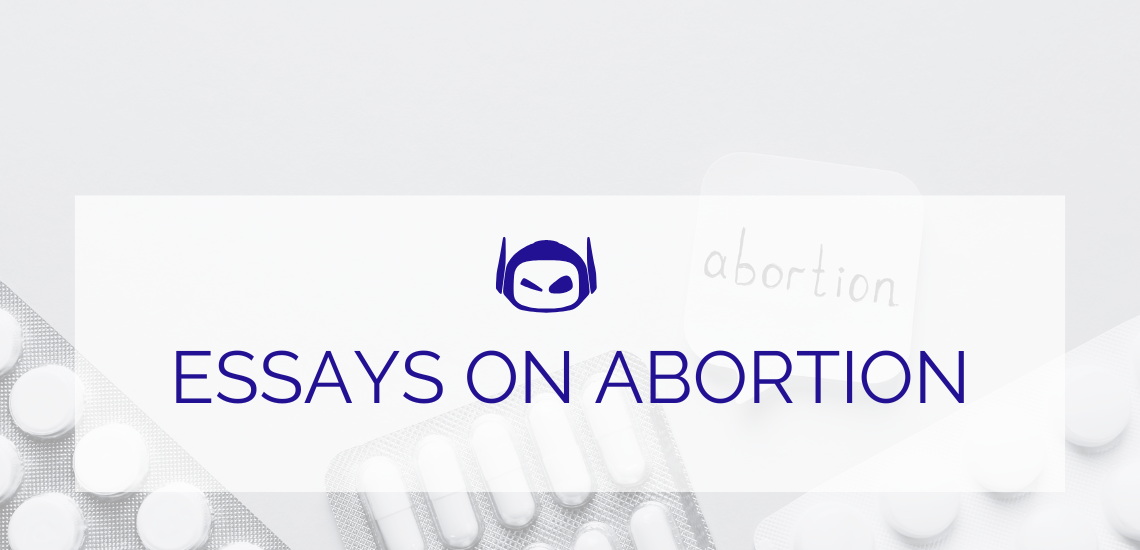
General Guide About Content and Writing
There are many different types of essays on abortion that...
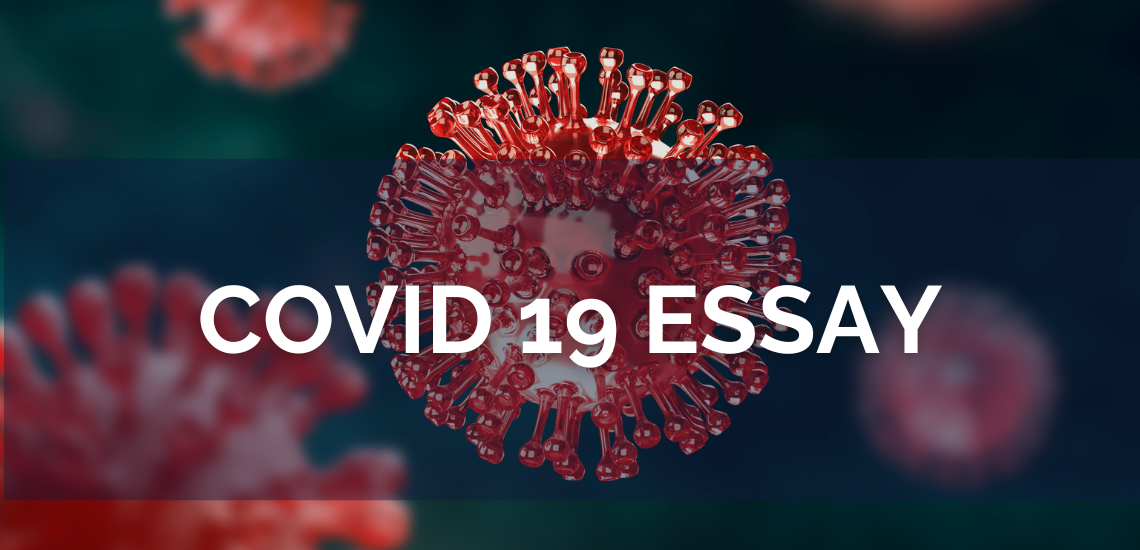
Writing a COVID-19 essay involves gathering facts and presenting them...

General Guide About Content and Writing
Wondering who the winner is in the OpenAI Playground vs...